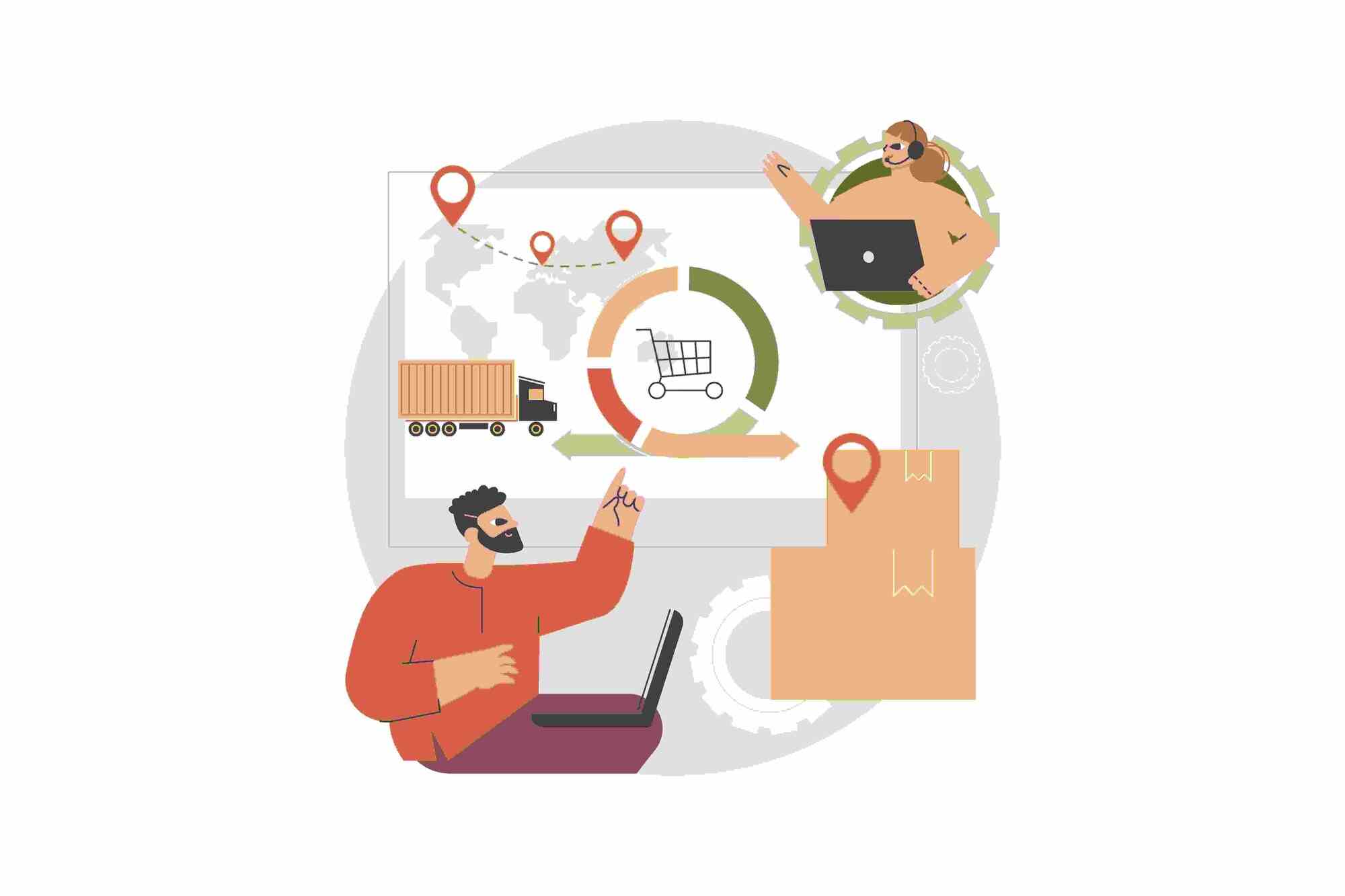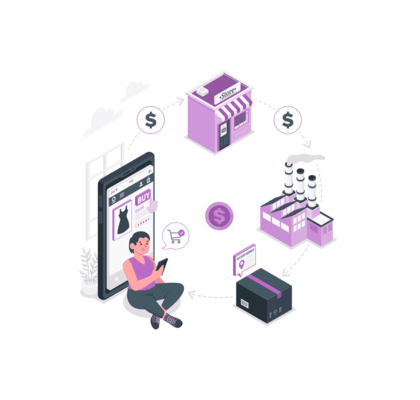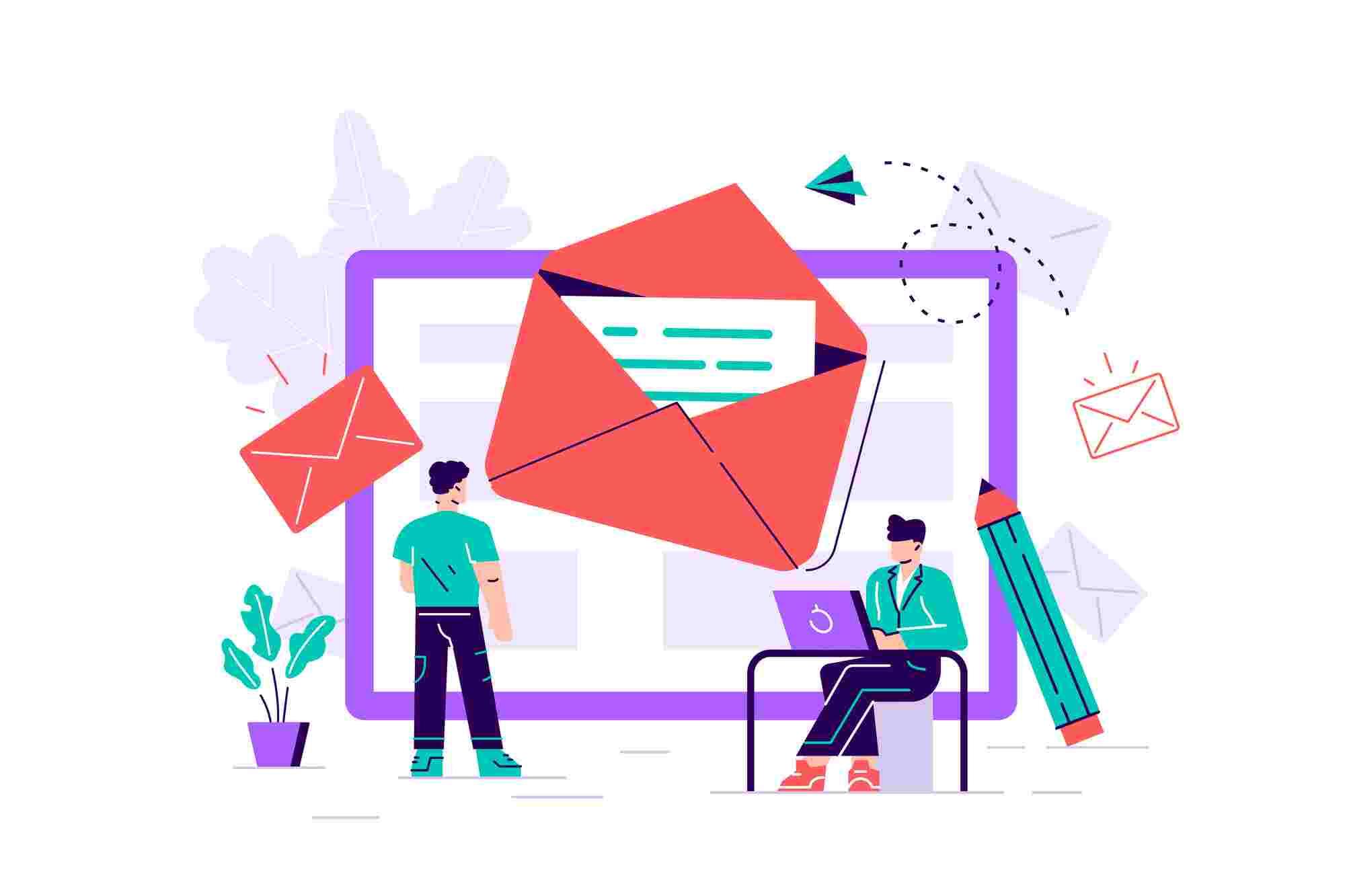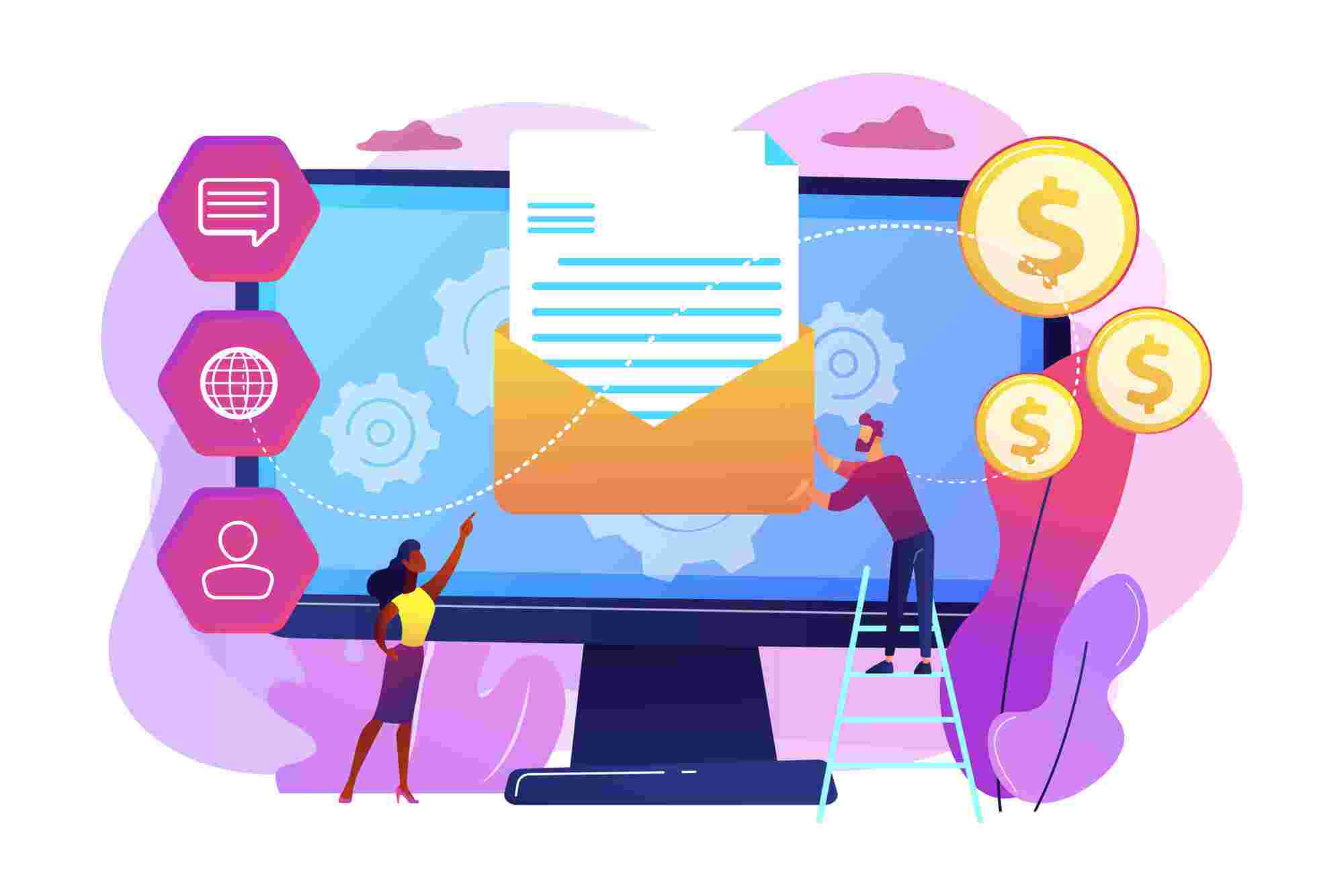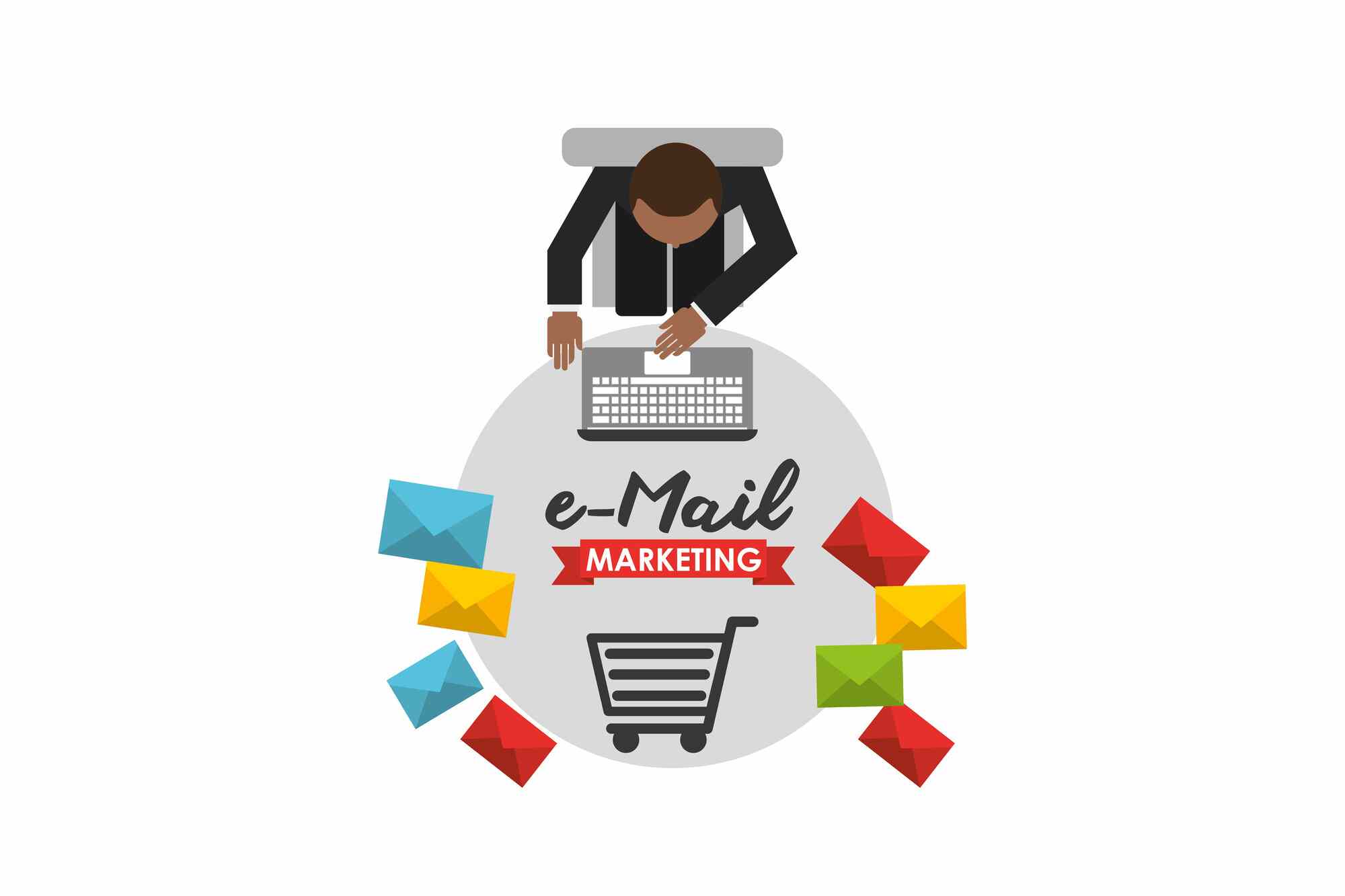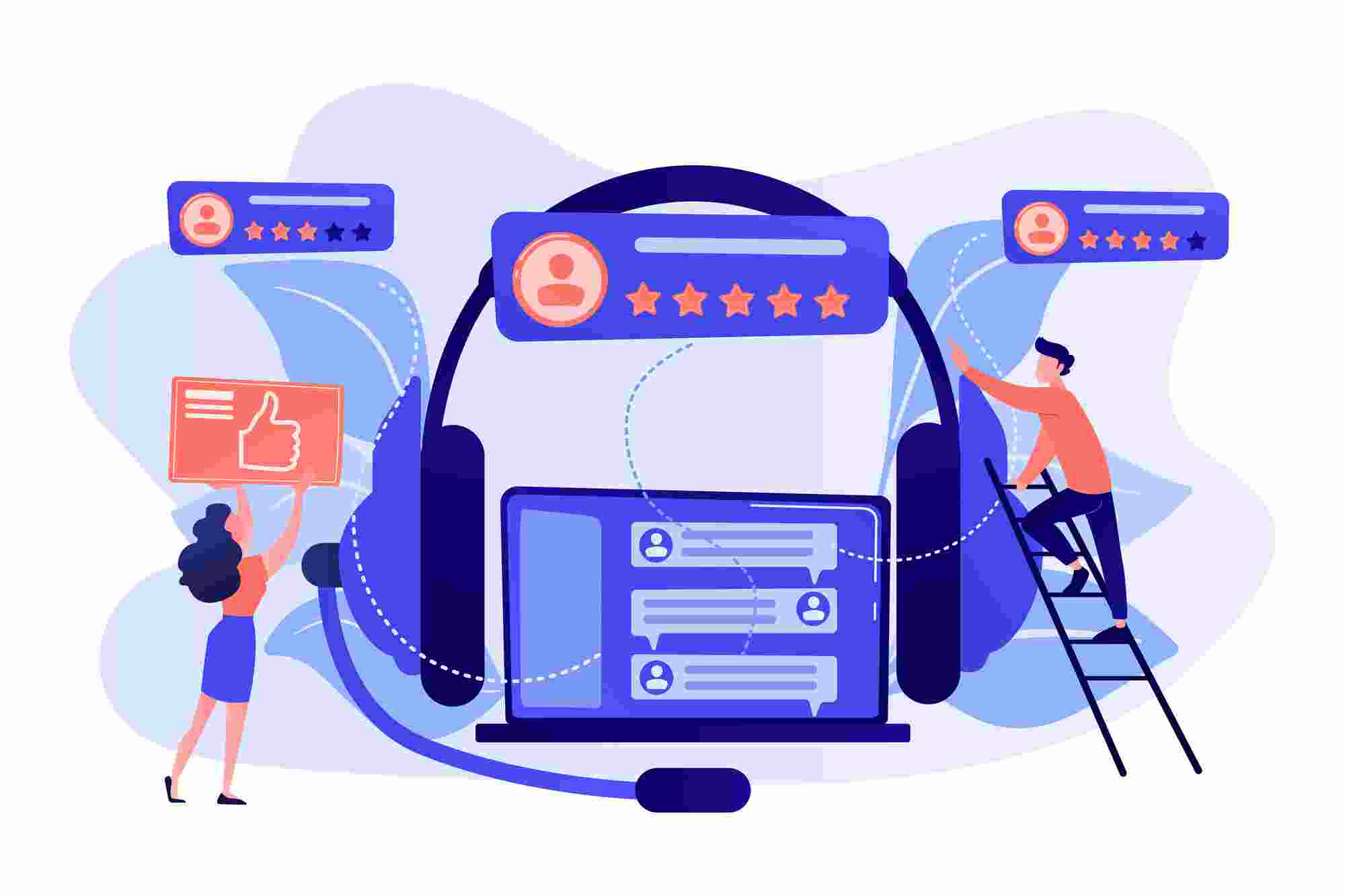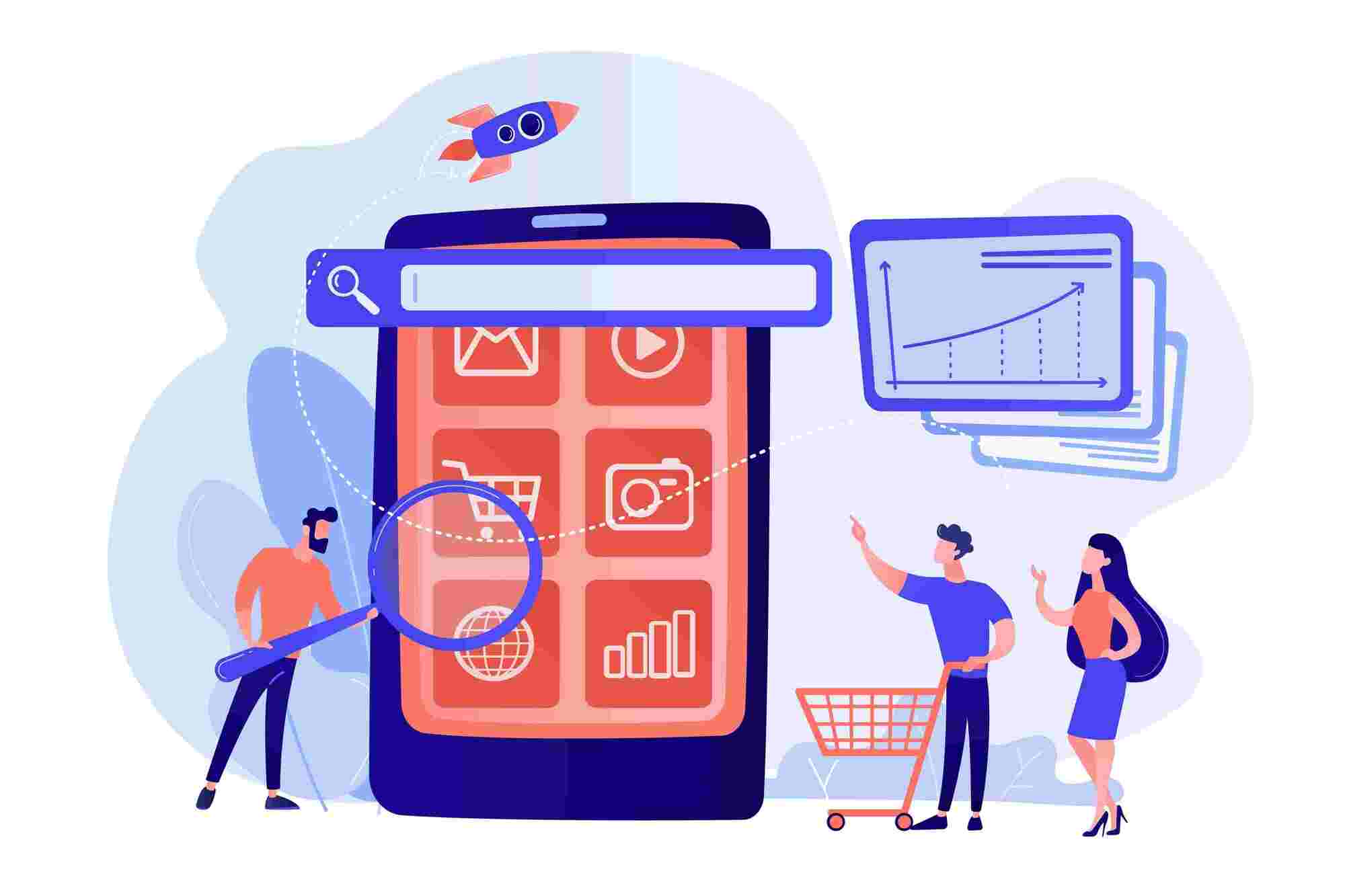Understanding Gamification in Education
To grasp the essence of gamification, it’s crucial to understand its core components and how they work harmoniously:
- Points, Badges, and Leaderboards (PBL): These game elements serve as motivation boosters. Students earn points for completing tasks, receive badges as tokens of achievement, and engage in friendly competition through leaderboards.
- Challenges and Quizzes: Gamified challenges and quizzes simulate real-world scenarios, encouraging students to think critically and apply their knowledge effectively.
Why Gamify Education?
The adoption of gamification isn’t merely a trend; it’s a paradigm shift in education. Here’s why gamification is gaining traction:
1. Enhanced Engagement
Traditional educational approaches sometimes struggle to maintain student engagement. Gamification injects an element of excitement and enthusiasm into learning, making students eager to participate.
2. Improved Learning Outcomes
Studies have shown that gamification enhances retention and comprehension, helping students grasp and retain complex subjects more effectively.
3. Fostering Critical Skills
Gamification promotes critical thinking, problem-solving, and decision-making skills. Through interactive challenges, students gain real-world problem-solving experience.
4. Accessibility and Inclusivity
Online education platforms have fully embraced gamification, making it accessible to a diverse audience. This inclusivity democratizes education and ensures learners of all ages can enjoy an engaging educational experience.
5. Data-Driven Insights
Gamification provides educators with invaluable data on student performance. By analyzing game interactions, educators can identify areas where students may need additional support and tailor their teaching accordingly.
Real-World Examples
Let’s explore some real-world examples of gamification in education that have redefined the learning experience:
1. Kahoot!
Kahoot! is an online platform that transforms learning into an engaging game. Educators create quizzes, and students eagerly compete to answer questions correctly, earning points and striving for leaderboard supremacy.
2. Duolingo
Duolingo has gamified language learning. Users complete language exercises, earn rewards, and progress through levels, providing a sense of achievement and progress.
3. Minecraft: Education Edition
Minecraft: Education Edition allows students to explore, collaborate, and create in a virtual world. This promotes creativity, problem-solving, and teamwork.
Conclusion: Embrace Gamification for a Brighter Educational Future
In conclusion, gamification in education represents a powerful shift in how students and educators approach learning. It sparks engagement, enhances comprehension, and fosters critical skills. Whether you’re a student seeking a more enjoyable learning path or an educator looking to revitalize teaching methods, gamification offers an exciting journey. It’s time to embrace gamification and embark on an educational adventure that unlocks your full potential. Get ready; the game of learning is about to begin!







